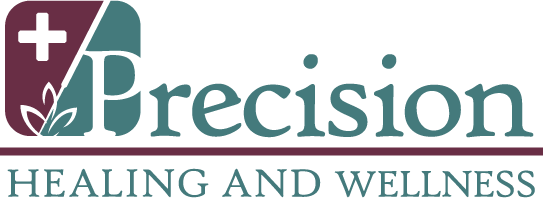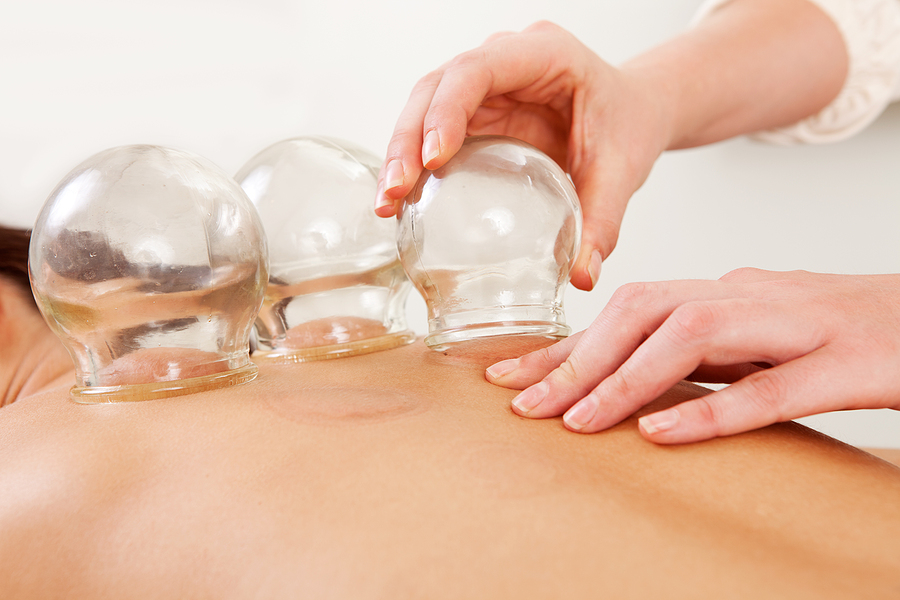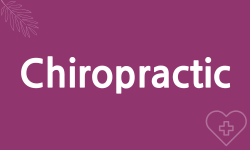Cupping therapy and acupuncture are both forms of alternative medicine that are growing in popularity. Cupping is the ancient practice of placing cups on different parts of the body and using suction force to draw the skin and tissues upward into the cup. Acupuncture is the practice of inserting very thin needles into the skin at various depths.
The goal of both treatments is to help relieve unwanted symptoms such as pain. They work in different ways to achieve this goal. If you’re wondering which of these treatments is most appropriate for your needs, here are a few things you should know about cupping vs acupuncture.
Basic Differences Between Cupping vs Acupuncture
Though both are forms of traditional Chinese medicine, cupping and acupuncture are unique treatments that differ greatly in how they’re performed.
Methodology
During acupuncture, thin needles are inserted into the skin. This may be viewed as invasive to some people, though the discomfort is minimal because the needles are so small. Most people describe the sensation of acupuncture as a slight burning or tingling feeling.
Cupping, on the other hand, is not invasive at all. The cups are simply placed on the skin and suction is used to bring the skin up into the cups. Nothing enters the body during this type of treatment. However, there is a form of cupping called wet cupping that involves making tiny incisions in the skin before pulling it up into cups. The incisions allow a small amount of blood to leave the skin. The purpose of wet cupping is to help the body rid itself of toxins.
Primary Treatment Goals
If you’re trying to decide between cupping vs acupuncture, you should understand the primary goals of each treatment. While both are used for pain relief, they also have other treatment goals that differ from one another.
Some of the primary goals of cupping include:
- Promoting blood flow to the skin
- Reducing inflammation
- Changing the biomechanical properties of the skin
- Boosting cellular immunity
- Improving local anaerobic metabolism
It is thought that cupping accomplishes these goals by increasing the flow of lymph and blood to the skin, decreasing uric acid and stimulating the immune system.
The primary goals of acupuncture include relieving:
- Headaches
- Menstrual cramps
- Back pain
- Neck pain
- Sports injuries
Some research shows acupuncture may also help improve symptoms of irritable bowel syndrome, menopause and infertility. Acupuncture stimulates the autonomic nervous system and may help bring the body into better balance so its various systems work optimally.
While both help alleviate pain and other ailments, talk to a practitioner about your specific concerns when choosing between cupping vs acupuncture.
Aftereffects
After a cupping session, you may be left with circles of discolored skin in the treatment area. These temporary bruise-like circles are caused by ruptures in the blood vessels. They are not harmful and typically fade within a few days.
Acupuncture does not leave marks or bruises behind. Most people do not feel any discomfort after receiving either acupuncture or cupping.
Different Cupping vs Acupuncture Therapies
Now that you know the main differences between these treatments, it’s time to dive into the different types of specific therapies available for each.
Book Your Appointment
Take the first step on your health and wellness journey by booking your acupuncture appointment today. New customer? During your first visit, you’ll receive a comprehensive consultation, full first treatment, and insurance verification all in one visit.
Types of Cupping Therapy
The primary types of cupping therapy are wet and dry. During both types, the cupping therapist applies cups to the skin. This can be done in a few ways. The first way is by heating therapeutic cups and placing the warm cups upside-down onto the patient’s skin. As the warm air within the cup begins to cool, it creates a vacuum that sucks the skin and subcutaneous tissue into the cup, encouraging greater blood flow to that area of the body.
Another common method that doesn’t involve heat is to use silicone cups to create mild suction on the skin. The therapist gently squeezes the cups, then sets them on the patient’s skin before letting go. As the cups return to their natural shape, they suck the skin into them.
The final way to do cupping is to use glass cups with rubber pumps instead of relying on heat to create a vacuum inside the cups. The therapist places the cups on the patient’s back and uses the rubber pumps to create the desired degree of suction.
In all of these different cupping methods, the therapist may choose to leave the cups in place for just a few minutes or as long as 20 minutes. Once the specified time is up, the therapist gently removes the cups.
When deciding between cupping vs acupuncture, don’t forget to consider the benefits of wet cupping. During this form of cupping therapy, suction is applied to certain parts of the skin for a brief period. Then, the therapist removes the cups and makes tiny, superficial cuts in the skin before reapplying the cups. This allows a small amount of blood to seep from the skin, which is thought to help remove toxins from the body.
Types of Acupuncture Therapy
To fully understand the differences between cupping vs acupuncture, you need to know the different types of acupuncture therapy available as well. These include:
- Traditional Chinese acupuncture
- Acupressure
- Trigger point acupuncture
These are just a few of the main types of acupuncture therapy from which you can choose. Traditional Chinese acupuncture is the most common type, and almost all of the other forms are derived from this origin. This treatment involves inserting needles in very specific points of the skin to achieve the desired results.
Acupressure works by stimulating acupoints with massage and pressure instead of needles. Trigger point acupuncture works similarly by specifically targeting “trigger points” in the body, which are tightened lumps of muscles). Needles are inserted into those trigger points to help them relax.
Discover the Benefits of Cupping vs Acupuncture
Depending on your needs, it may not be easy to choose between cupping vs acupuncture. Fortunately, you don’t have to! You can receive both of these effective treatment types from Precision Healing and Wellness. Contact us today to schedule an appointment.








